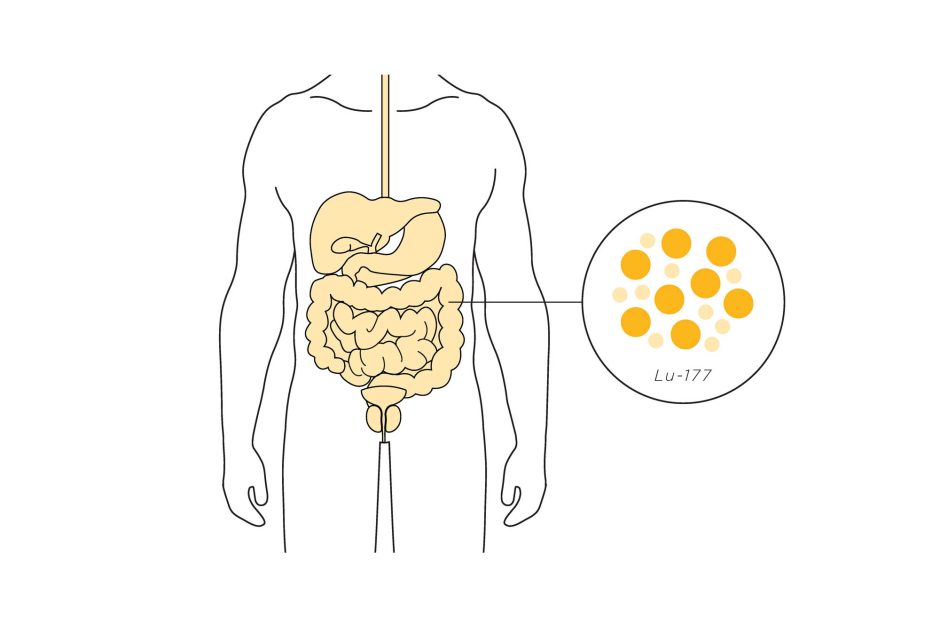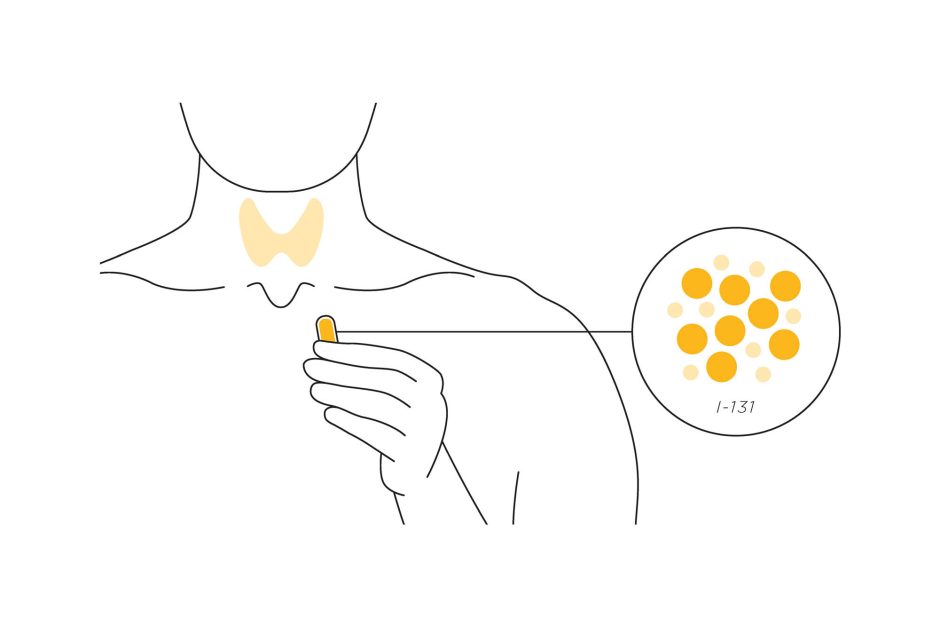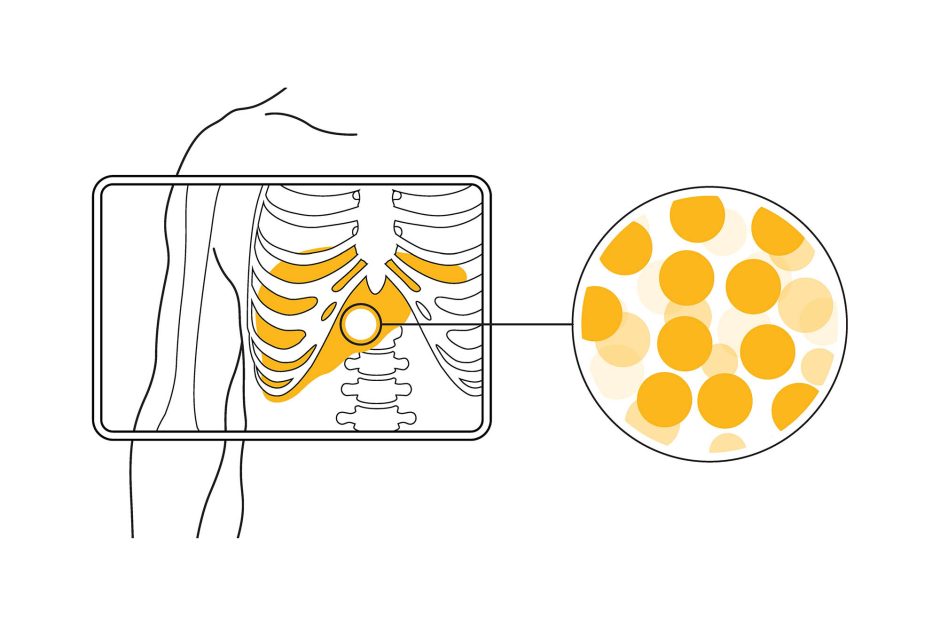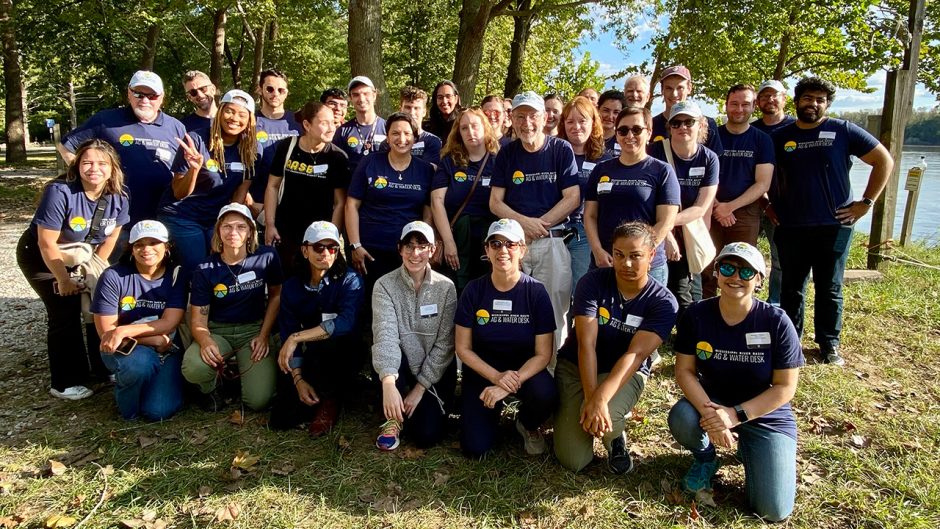Sept. 19, 2024
Contact: Janese Heavin, heavinj@missouri.edu
When it comes to the fight against cancer, medical isotopes are key. These radioactive atoms allow medical professionals to visualize, diagnose and successfully treat certain types of diseases while reducing side effects and risks to patients.
The University of Missouri Research Reactor (MURR) is the only U.S. producer of four of these isotopes.
Here’s how they work. The radioactive compounds produced at MURR are linked to targeting molecules to make up radiopharmaceuticals. These drugs are then administered to the body, where they seek out and stick to cancer cells. The radioactive isotopes release energy that destroys cancer cells without damaging healthy cells.
Because of radioactive decay, radioisotopes have a short shelf-life, which means they can’t be stockpiled. That’s why MURR’s location in the central U.S. and year-round operations are critical to meeting time-sensitive medical demands.
Meet the Mizzou-made isotopes improving and saving lives around the world.

Iridium-192
What is it?
This radioactive isotope is used in high-dose radiation therapies known as brachytherapy. MURR enables this treatment by irradiating tiny seeds made of iridium-192 (Ir-192) used to treat brain, breast, cervical, head and neck, prostate, skin, lung and gynecological cancers.
How does it work?
Brachytherapy involves inserting a source of radiation through thin tubes into a tumor or organ. The source of radiation is promptly removed following treatment. A high dose rate of iridium-192 can be used in brachytherapy to treat tumors by selectively delivering the dose of radiation to the tumor site and destroying the cancer.

Lutetium-177
What is it?
Lutetium-177, or Lu-177, is used to treat prostate cancer and neuroendocrine tumors. MURR scientists first identified the potential of this isotope two decades ago. Now, it’s the active ingredient of the targeted cancer therapy Lutathera®, which treats certain types of tumors in the gastrointestinal tract and pancreas, and Pluvicto®, the first targeted therapy for treating progressive, metastatic prostate cancer.
How does it work?
The radioactive compound containing Lu-177 attaches to specific proteins on the surface of cancer cells and emits radiation that damages the cancer cell's DNA, causing them to die without damaging healthy cells.

Sodium iodide-131
What is it?
This critical radioisotope, first approved by the Food and Drug Administration in 1951, is widely used for diagnosing and effectively treating thyroid cancer and hyperthyroidism. With its first shipment of I-131 in 2018, MURR became the nation’s first supplier of the medical isotope since the 1980s.
How does it work?
When taken orally, iodine is absorbed into the body and trapped within the thyroid gland where it damages tumor cells and reduces thyroid activity. More than ninety-five percent of patients with thyroid cancer are cured following treatment with this radioisotope.

Yttrium-90
What is it?
Yttrium-90 is a radioisotope used in a treatment for those with liver cancer. Developed by scientists at MURR in collaboration with Missouri S&T and private industry, TheraSphereTM is a novel cancer treatment that uses millions of tiny radioactive glass beads embedded with yttrium-90 to kill liver tumor cells. The isotope is also used in ABK Biomedical’s Eye90 microspheres technology, currently in clinical trials, that uses a proprietary glass composition visible in X-rays and CT scans.
How does it work?
The beads, or microspheres, are irradiated at MURR and shipped to the companies for use in liver treatments. The radiopharmaceuticals are injected through the hepatic artery in the liver and make their way to the capillaries in the tumor, where they deliver a radioactive payload while sparing healthy tissue.




